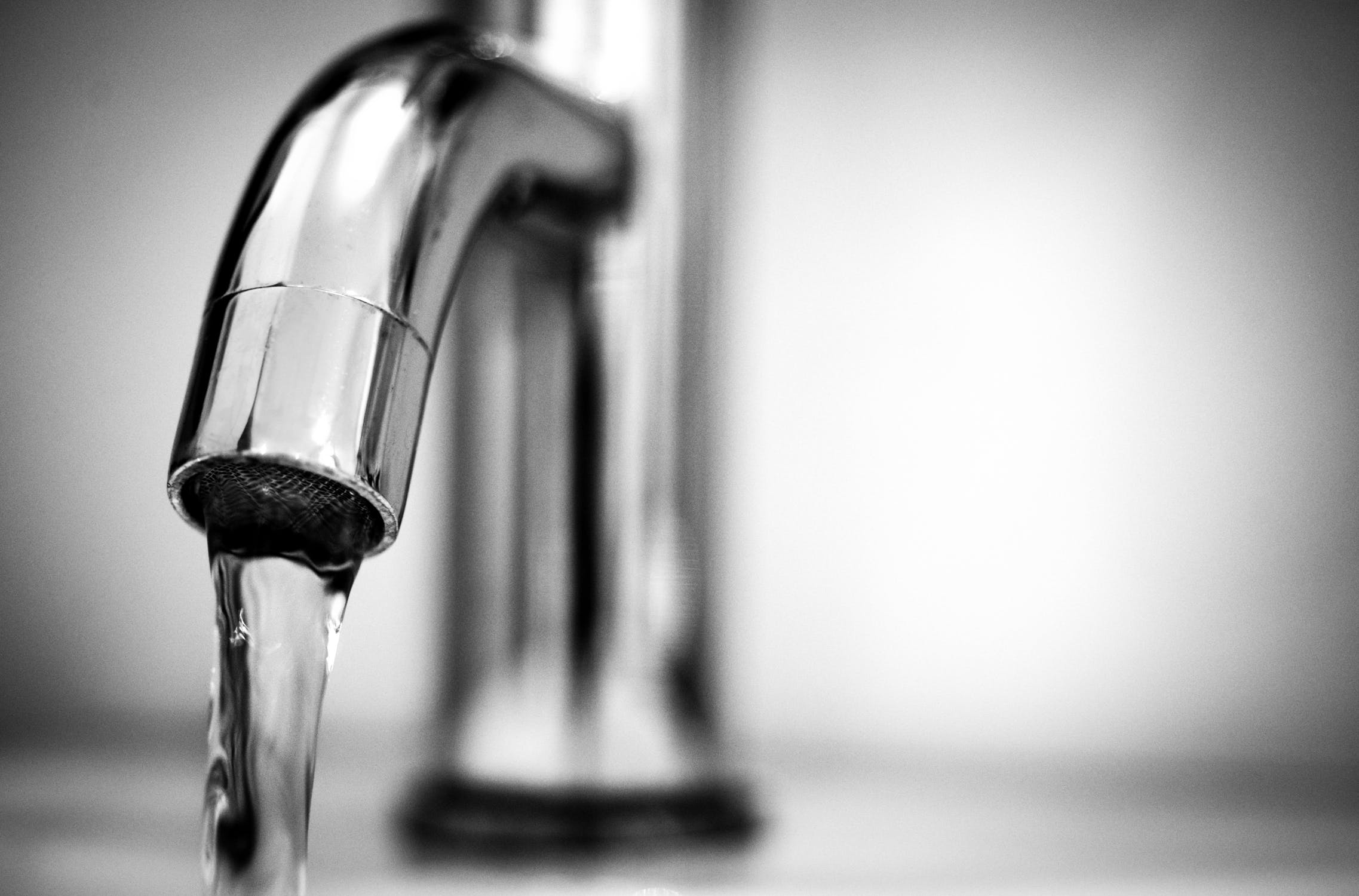School District 85 says it has taken and continues to take steps to deal with lead in its drinking water.
A collection of provincial studies and internal briefings released through a freedom of information request and first published by Global News shows that many children in schools could be exposed to dangerous levels of the heavy metal in their drinking water.
Close to 45 percent of public schools across B.C. had at least one test result that was above five parts per billion (ppb) between 2016 and 2019.
A number of schools in the Port Hardy area showed higher than safe levels of lead concentration during that testing period.
In March of this year, Health Canada recommended five ppb as the maximum acceptable limit for lead concentration in drinking water. Previously that limit was 10 ppb.
Eagle View Elementary had three of its 21 tests come back above the safe levels, including one that showed 61 ppb. Fort Rupert Elementary had three of its 25 tests show a higher than safe lead concentration, with its highest test coming in at 23 ppb.
The results at a couple of area secondary schools were very concerning as well.
North Island Secondary, during the test period, had 24 tests with three that showed unsafe lead levels. Its highest result was 46 ppb. Port Hardy Secondary had five out of 23 tests come in above Health Canada’s threshold. Its worst result was an eye-popping 117 ppb of lead concentration.
Manager of Operations and Maintenance Darby Gildersleeve says the district has an active program to mitigate lead in drinking water which started in 2016.
“Our first extensive test produced lead levels that were above the recommended amount in 5 of our schools. Right away we provided bottled water to drink for the 5 affected schools until a mitigation strategy could be developed. The mitigation included manual flushing, restriction of drinking fountains available, and the installation of lead filters.
“A second test was done in 2016 to verify our mitigation was working. To streamline the flushing we added auto-flushing in 2018 as well as additional drinking fountains. Our last water test was done in March 2019 which is guided by “Testing Lead Content in Drinking Water of School Facilities”. It requires 1/3 of facilities be tested every year,” Gildersleeve explained.
You can see current lead testing results on the district’s website.




